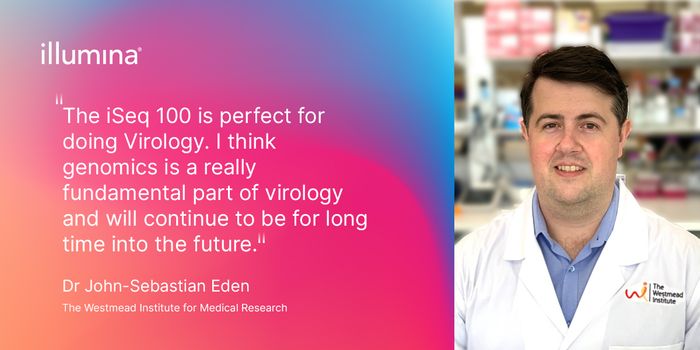Floating inside of the cytoplasm are mitochondria, the proverbial "powerhouse of the cell." These organelles also carry DNA, which are packed into circular structures and encode 37 discreet genes.
When damaged or mutated, abnormal mitochondria can cause several health conditions. These involve organs and tissues that consume high levels of energy, such as skeletal muscles, the brain, and the eye. And because the mitochondria are integral component of many biochemical processes, mitochondria dysfunction leads to a variety of metabolic diseases.
To help women with mutated mitochondria to have healthy children, researchers discovered that they could replace the diseased organelle, so to speak. In mitochondria replacement therapy (MRT), doctors use in vitro fertilization (IVF) to fertilize a mother's egg (containing the bad mitochondria) with her partner's sperm. When the embryo is still an undivided cell, doctors remove the nuclei and transfer the embryo's DNA into a donor embryo, which is missing the nucleus.
Through switching organelles, the goal is to end up with a donor embryo (with healthy mitochondria) that has the essential DNA from the IVF procedure. The mother's egg that contains the bad mitochondria is left behind. In theory, this prevents the mother from passing on her mutated mitochondria copies to her offspring. Because the procedure requires an embryo from a healthy donor, it's often called the "three-parent baby" technique. Watch the video to learn more about how MRT works, and whether it's a safe and/or ethical route as genome engineering continues to merge with medicine.








